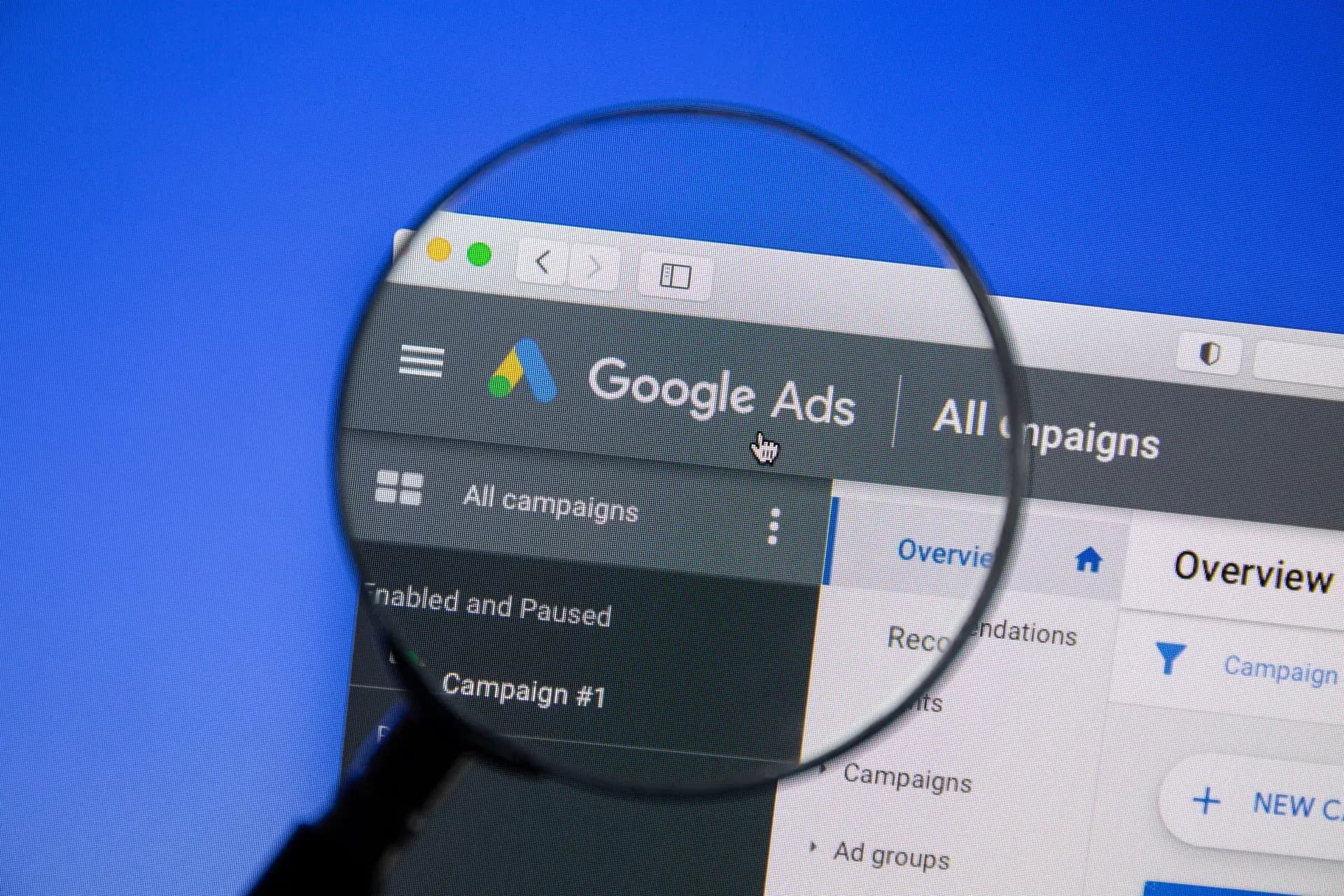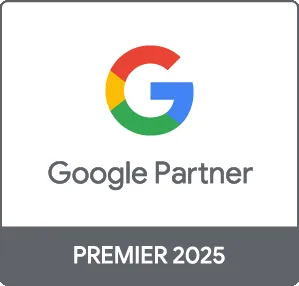Google AdWords advertising is a powerful tool that allows businesses to reach their target audience through paid search campaigns. With millions of searches happening every day, leveraging AdWords can significantly enhance your online visibility and drive targeted traffic to your website. In this guide, we will delve into the ins and outs of Google AdWords, covering everything from setting up your account to optimizing your campaigns for better results.
Understanding Google AdWords
Google AdWords, now known as Google Ads, is an online advertising platform that enables businesses to create ads that appear on Google’s search engine results pages (SERPs). These ads are driven by keywords that potential customers use to search for products or services. Businesses only pay when a user clicks on their ad, making it a cost-effective marketing strategy.
1. Setting Up Your Google Ads Account
To get started with Google Ads, follow these steps:
- Create a Google Account: If you don’t have one, start by creating a Google account.
- Visit Google Ads: Go to the Google Ads website and click on "Start Now".
- Choose Your Campaign Type: Decide whether you want to run search, display, shopping, or video ads.
- Set Your Budget: Determine a daily budget that fits your advertising goals.
2. Keyword Research
Your keywords are crucial to the success of your AdWords campaigns. Here's how to conduct effective keyword research:
- Use Google’s Keyword Planner: This tool helps you identify relevant keywords and their search volume.
- Analyze Competitors: Look at what keywords competitors are using to improve your strategy.
- Focus on Long-tail Keywords: These are less competitive and more specific, leading to higher conversion rates.
3. Creating Effective Ads
Once you have your keywords, it's time to create ads that convert. Consider the following tips:
- Write Compelling Headlines: Grab attention with strong and relevant headlines that include your keywords.
- Include a Call to Action: Encourage users to take action with phrases like "Learn More" or "Get Started".
- Utilize Ad Extensions: Enhance your ads with additional information like location, phone numbers, or links to specific pages.
4. Monitoring and Optimizing Your Campaigns
After your ads go live, monitoring their performance is essential. Key metrics to track include:
- Click-Through Rate (CTR): A high CTR indicates your ads are resonating with your audience.
- Conversion Rate: Measure how many clicks result in desired actions, like purchases or sign-ups.
- Quality Score: Google assesses your ads and keywords to determine placement and cost; aim for a high score.
5. Budgeting and Bidding Strategies
Managing your budget effectively is crucial for long-term success. Consider the following bidding strategies:
- CPC Bidding: Pay for each click on your ad.
- Target CPA: Set a target cost per acquisition based on your desired conversion rate.
- Maximize Conversions: Let Google adjust your bids to achieve the most conversions within your budget.
Conclusion
Google AdWords advertising offers businesses a unique opportunity to grow their online presence and achieve their marketing goals. By carefully managing your campaigns, from keyword selection to ad creation and performance monitoring, you can maximize your ROI and drive valuable traffic to your website. At Prebo Digital, we specialize in Google Ads and can help you develop a strategy that aligns with your business objectives. Contact us for a free consultation today!





